
views
X
Trustworthy Source
MedlinePlus
Collection of medical information sourced from the US National Library of Medicine
Go to source
There are different ways of unclogging a clogged ear, but it depends on what part of the ear is clogged: outer, middle, or inner. Fortunately, it's possible to unclog all 3 parts!
How to Unclog the Outer Ear
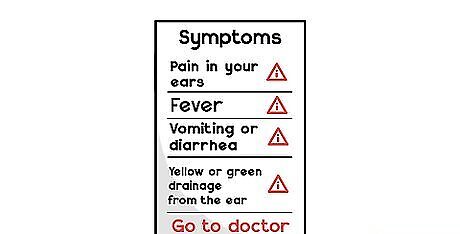
Make sure you don't have an infection. If you suspect that you have an ear infection, do not attempt the following method to unclog your ear. Call a doctor immediately if you have any of the following symptoms: Persistent and severe pain in your ears lasting more than a few hours. An itchy ear Yellow or green drainage from the ear.
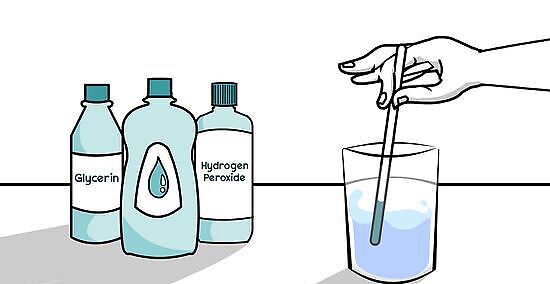
Mix a wax-softening solution. You can purchase a solution at the drugstore to soften Earwax, or you can make your own at home. The upside to mixing it yourself is that you probably already have the ingredients you need. How to Make a Wax-Softening SolutionCombine warm water with one of the following:A few drops of baby or mineral oilA few drops of glycerinHydrogen peroxide (3%): No stronger than 3%, or else you might damage your ear. Mix in equal parts hydrogen peroxide and water.

Keep the solution lukewarm. Putting water that's too hot or cold into your ear can cause dizziness or vertigo. How to Test the Temperature of WaterDip your (clean) finger into the water. If you don't notice a huge temperature difference in either direction, the solution is perfect.If it’s too hot: Allow a solution that's too warm to cool for 1-2 minutes before pouring it into your ear. Be sure to retest the temperature before using it.If it’s too cold: If your solution has cooled too much, warm it up by adding a little bit of hot water, or by putting it in the microwave for 10 to 15 seconds. Retest the temperature before using it.
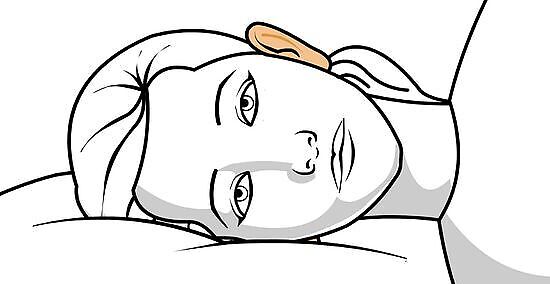
Lie down on your side. Enlist gravity's help by lying so that the ear you want to drain is facing the ceiling. Put a towel beneath your head to catch any excess solution that spills out of your ear. This position is easier if you have someone to help you pour the solution into your ear. If you can't lie down, tilt your head to the side as much as you can. You should get nearly the same effect.

Straighten your ear canal. This will make it easier for the solution to get into your ear. Grab the outer edge of your ear, by the lobe, then pull it gently outward. Your earlobe should be perpendicular to your neck.
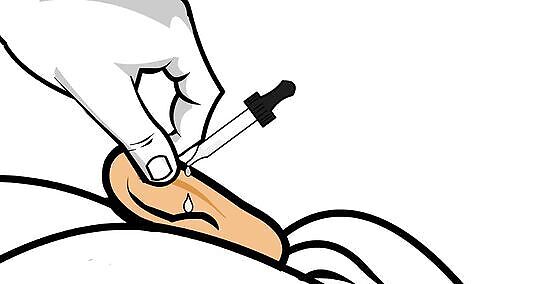
Pour the solution into your ear canal. Use an eye dropper or rubber bulb syringe to insert about 5-6 drops of the solution. Hold the eye dropper or rubber bulb syringe above your ear canal, not inside it.
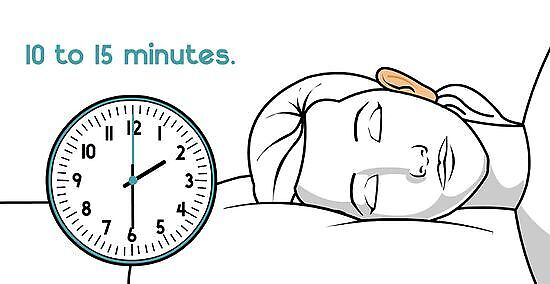
Remain lying down for 10 to 15 minutes. This gives the solution time to break up the wax. If you used peroxide, don't be alarmed if you hear it bubbling in your ear. When the bubbling stops, you're ready to drain.
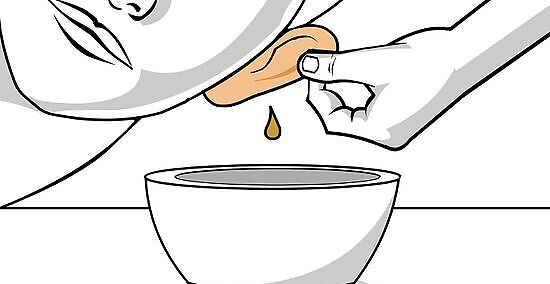
Drain your ear. Place an empty bowl beneath your ear, and turn your head so that the canal drains into the bowl. To drain completely, pull your earlobe to straighten your ear canal (as in Step 4).
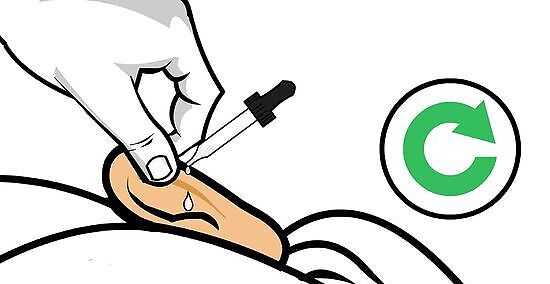
Irrigate again (optional). If your ear still feels blocked, repeat the irrigation process. If you've done it 3 times and you still feel blocked, look at another method section in this article or contact a doctor.
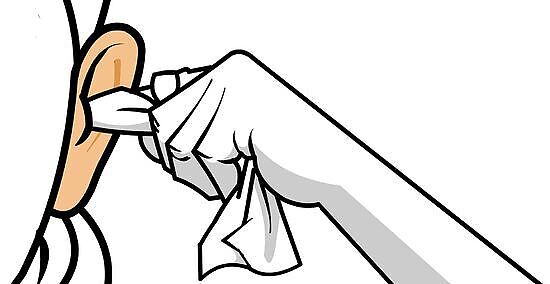
Dry your ear. Gently drying your ear once the wax is out cleans up any excess solution or wax. You can do it a few different ways. How to Dry Your EarUse soft, light pats with a cloth or paper towel.Put a handheld blow dryer on low heat and low power, and hold the barrel a few inches away from your ear.Put a few drops of alcohol into your ear — it'll dry the skin as it evaporates.
Seek a doctor's help. If your earwax is so impacted that you can't drain it by yourself, call a doctor and evaluate your options. Additionally, if you experience pain while trying to unclog your ear, see a doctor immediately. Your general practitioner can prescribe ear drops that should break up the wax. Use them with care, though — overdo it, and you'll damage your eardrum. An ear, nose and throat (ENT) specialist can manually remove earwax with specially designed tools.
How to Unclog Your Middle Ear
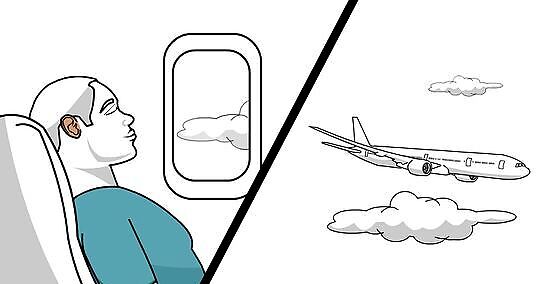
Take preventative measures. A blocked middle ear (tympanic cavity) can be the painful consequence of a difference in pressure between your middle and outer ear. Most people experience it at some point. Here's what you can do to stave it off: Fly smart. Don't sleep while the plane is descending. Instead, chew gum and try to yawn frequently. Allow small children to nurse or sip on a drink during the descent. Also, don't fly if you have a cold. Otherwise, the descent will be very painful and can cause permanent hearing damage. Dive slowly. If you're going scuba diving, descend and ascend at a slow rate. Give yourself plenty of time to readjust to the new pressure. Avoid diving if you have a cold or respiratory infection.
Try to pop your ears. Popping, or equalizing the pressure between your middle and outer ears, can relieve the pain. Try these remedies: Chewing gum. Yawning. Sucking on candy. Inhaling deeply, pursing your lips, holding your nose shut, then exhaling suddenly.
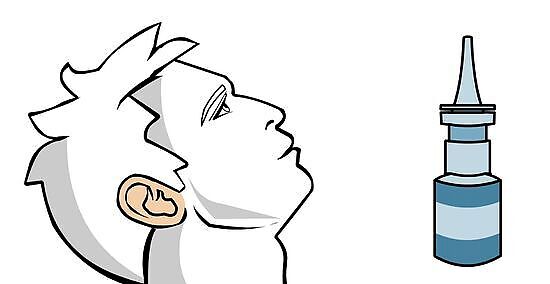
Treat your cold. The membranes in your Eustachian tubes, which connect your ear to the back of your throat, are the same as the membranes in your nose. As such, they can swell quickly and severely when you have a cold or seasonal allergies. Take a decongestant or antihistamine. It should ease up the inflammation of the membranes. You can take it orally or in a nasal spray. Rest up and recover. Doing everything you can to combat the cold will help your Eustachian tubes open up more quickly.
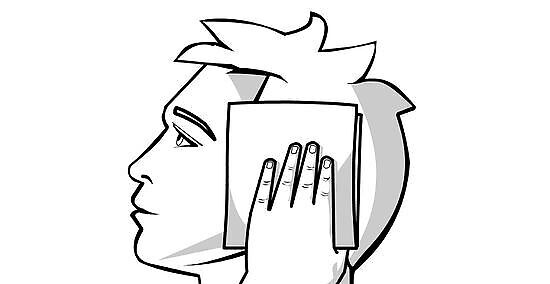
Put a warm compress on your ear. Lie on your side, and put a washcloth soaked in hot water or a heating pad over your ear. It should help ease the pain. Put a towel between the heating pad and your ear to avoid burning your face. Don't sleep with an electric heating pad over your ear, as this can cause facial burns. Additionally, electric heating pads can be a fire hazard.
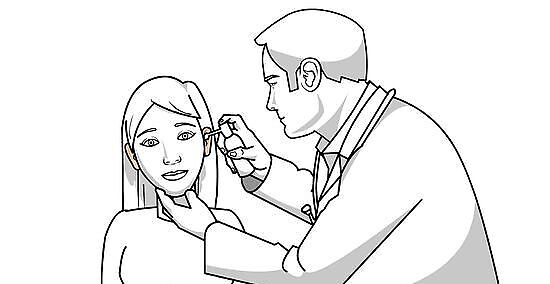
See a doctor if the pain persists. Ear infections can lead to long-term complications if it's severe and left untreated. If you're experiencing the following symptoms, seek medical help immediately: Severe pain Discharge of pus Bleeding from the ear Fever Severe dizziness Severe headaches or head pain
How to Treat an Inner Ear Clog
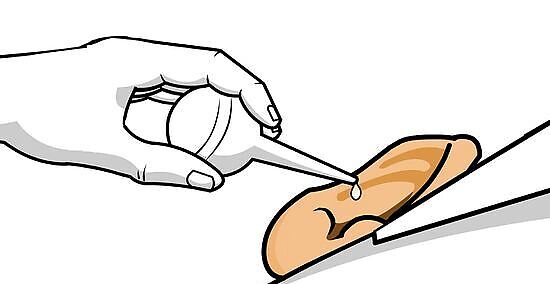
Recognize the symptoms of inner ear issues. Dealing with an inner ear clog is harder than outer and middle ear clogs. Inner ear issues are often caused by inflammation or an infection. However, you can gain relief. If you suspect you have an inner ear clog, look for these symptoms: Earache Dizziness Head spinning Balance issues Nausea Vomiting Hearing loss Ringing in your ears
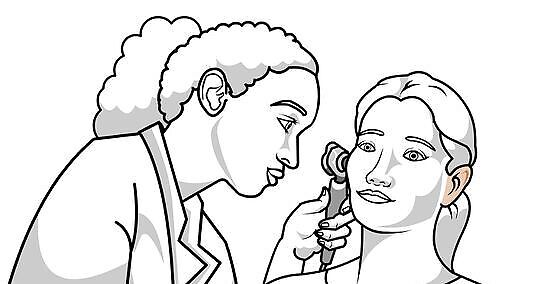
See a doctor immediately. Your doctor will examine your ear to make a diagnosis. If you do have an inner ear infection, then they'll be able to prescribe medication to treat it. With treatment, your infection should be gone in about 2 weeks.
Take the medication prescribed by your doctor. Your doctor may prescribe antibiotic or antiviral ear drops to treat your infection. They may also recommend that you take an over-the-counter painkiller, such as ibuprofen. In some cases, they may give you steroids to treat the inflammation in your ear. If you're experiencing nausea, the doctor may also give you anti-nausea medicine.



















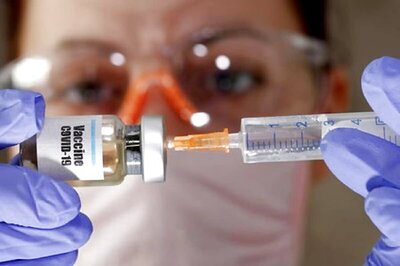
Comments
0 comment